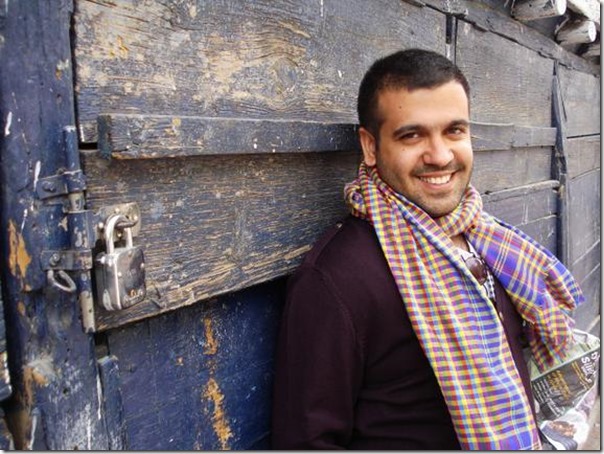

Ashdeen Lilaowala’s collection of saris, lehengas and blouses usually have customers admiring the resplendent embroidery they boast. This is no ordinary style, though. It is of the traditional Parsi gara, which Ashdeen has spent a decade researching.
“Parsi gara embroidery started with trade between India and China. Parsis were the first to trade with China. They took opium and cotton, and in return, they would bring back a cargo of treasures of porcelain, jade etc. One of the by-products was the famed silks of China,” explains Ashdeen at an event in Bangalore. Sophisticated colours such as reds, wines, burgundies and shades of blue dominate the colour palette of his saris. “I like to keep it classic,” he says, adding: “I only work with silks, crepes, georgettes and satins.”
Speaking on how his interest in Parsi gara came about, Ashdeen says: “I have lived it,” as he shows a stunning blue sari with white embroidery done on it, which shows the influence of porcelain designs. “I have seen my mother and my aunts wear it.”
After graduating in textile design from the National Institute of Design (NID), Ahmedabad, Ashdeen worked for the UNESCO Parzor Foundation, and while there began researching Parsi embroidery for the Union Ministry of Textiles.
He travelled to Iran and China to trace the origins of the craft. “I travelled to discover its roots and routes. Parsi embroidery is an amalgam of Parsi, Indian, European and Chinese aesthetics.” The motifs on Parsi gara, adds Ashdeen, depict nature. “We have a lot of reverence for Nature. They depict flora and fauna in a realistic and artistic manner. So birds look like birds and not abstract shapes. We often call it ‘painting with a needle’.” Ashdeen’s creations are available on www.jaypore.com and www.ashdeen.com

